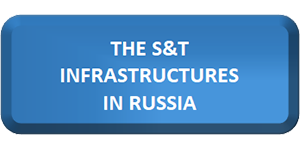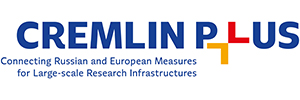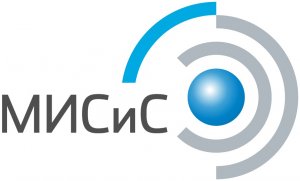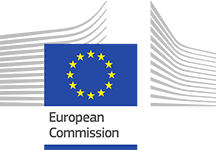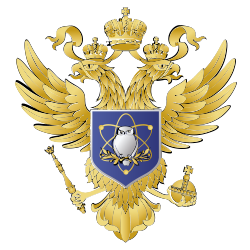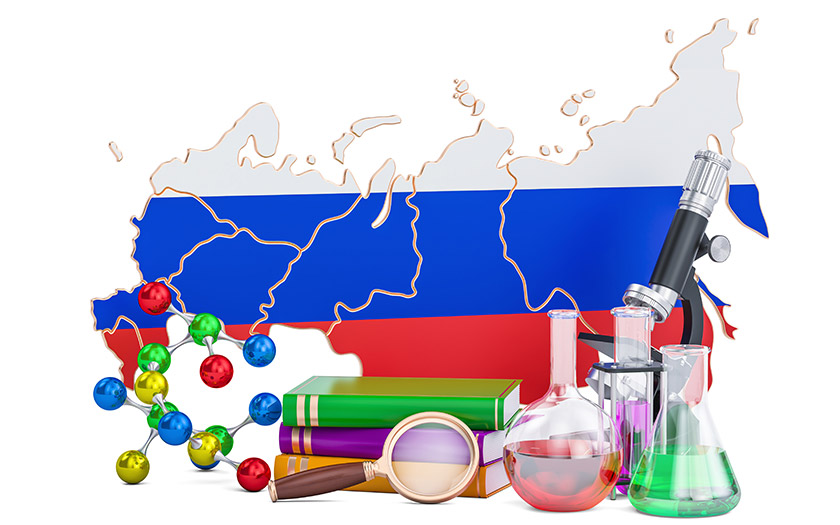
Supporting EU-Russian scientific collaboration: CREMLIN project
An EU-funded project has fostered in-depth dialogue between Europe and Russia on stepping up scientific collaboration. With a focus on specialised Russian facilities that are of interest to European researchers, it has resulted in a set of practical recommendations on how best to proceed.
Published: 27 March 2019
In 2011, Russia announced plans to build six large-scale research facilities in a bid to boost its standing within the global scientific community. This ‘megascience’ projects initiative – focused among other things on construction of a research reactor, a high-power laser and an ion collider facility – sought collaborators from the EU and other potential international partners.
A report by European scientific experts subsequently advised the European Commission that this opportunity held much potential and was worth pursuing.
That is where the EU-funded CREMLIN project came in. At a number of workshops, seminars, training sessions and other activities spanning three years, Russian stakeholders and scientists from most of the ‘megascience’ projects met on a regular basis with European experts and counterparts to lay the foundations for teaming up.
The outcome? Better understanding of each other’s research systems, policies, processes and practices as they relate to large-scale scientific projects, as well as recommendations for boosting cooperation in this realm. Among other things, a knowledge-sharing platform was also set up.
‘CREMLIN has substantially contributed to taking European-Russian collaboration in the area of research infrastructures to a new level by catalysing closer scientific cooperation and paving the way for more effective means to organise it,’ says project coordinator Martin Sandhop of the Deutsches Elektronen-Synchrotron DESY research centre in Germany.
Access and advice
CREMLIN focused on European-Russian collaboration in the following five megascience projects: the PIK neutron reactor complex, the NICA ion collider facility, the SSRS-4 synchrotron radiation source, the XCELS high-power laser, and the SCT lepton collider. The IGNITOR nuclear fusion project was also addressed but to a lesser extent.
All highly specialised, these projects are of interest to European researchers for a variety of reasons. For example, for scientists working with neutrons, the PIK reactor could help fill a gap left by the expected closing down of neutron sources around Europe.
‘All these efforts from the European point of view are done with the expectation that access to these Russian facilities, once they are realised, will be there and will be realised in a way that follows certain standard regulations – access as European scientists know it,’ says Sandhop.
‘This means European scientists will be given the opportunity to use the Russian state-of-the-art facilities and to collaborate with their Russian counterparts on potentially groundbreaking research.’
With limited material available, especially in English, CREMLIN – consisting of a 19-member consortium – initially helped shed light on what the Kremlin-backed endeavours were all about, bringing together experts from both sides to talk basics before exploring ways in which they could join forces.
‘It was, first of all, to better understand what is going on, what the needs would be, where advice from the European side could be brought in,’ Sandhop says. ‘Where could European research infrastructure partners contribute to preparing or even realising these five projects?’
Dozens of meetings later, CREMLIN came up with a set of recommendations for collaboration – both project-specific and general in nature – that have been delivered to the European Commission.
These project-specific recommendations range from joint development of technologies and research and development efforts to the setting up of organisational models that enable external partners to participate in decision-making and coordination.
The more general recommendations include preparing a scheme to help European researchers access a broader set of Russian facilities, as well as setting up a training-focused European-Russian staff-exchange programme for research infrastructure scientists, managers and engineers.
Over the course of the project, CREMLIN also saw training sessions for young researchers, the establishment of a platform to share knowledge and best practices, as well as joint technological advances. These include, for instance, the development of a silicon-tracking detector system for use both in Russia and Germany.
Political will
CREMLIN coincided with geopolitical tensions and EU sanctions on Russia. Regardless, Sandhop says the project continued to make headway with both sides eager to see it through.
‘The political will on both sides was repeatedly articulated and at the CREMLIN level we were constantly given positive feedback in that direction – that it was good to have this project,’ he says.
Project details
Project acronym: CREMLIN
Participants: Germany (Coordinator), Russia, France, Sweden, Belgium, Switzerland
Project N°: 654166
Total costs: € 1 696 250
EU contribution: € 1 696 250
Duration: September 2015 to August 2018


